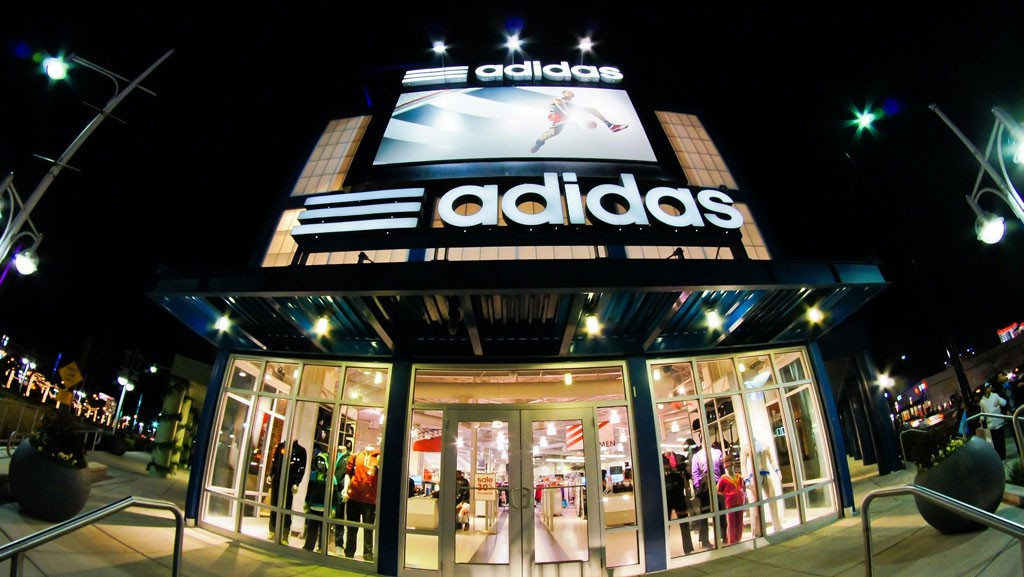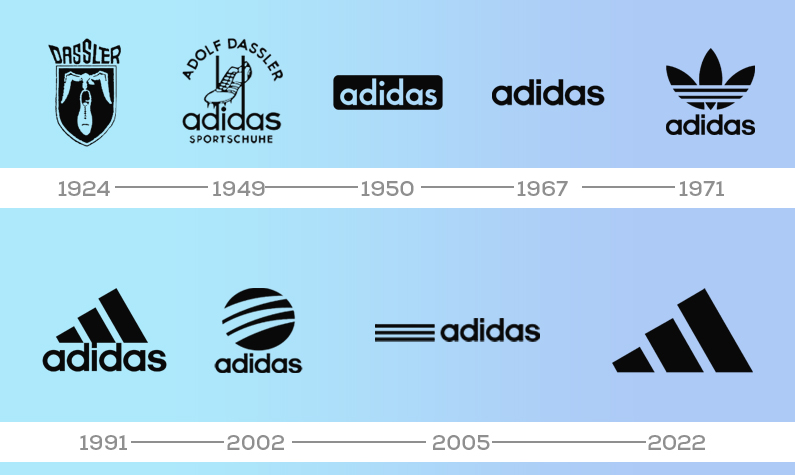
The Story of a Brand: Adidas
Can a small Bavarian town with little more than 20,000 people be the birthplace of two large world-famous sports brands? Both of which are owned by two brothers who get into a fight, resulting in a bitter rivalry that lasts long after their deaths?
The answer to both questions is yes. Let's go back to 1922 in the town of Herzogenaurach (don't bother, you can't pronounce that) and follow the story of the Adidas brand.
The Family Business
Success stories rarely get any more inspirational (albeit punctuated by controversies) than this. In the early 1920s, Adolf and Rudolf Dassler launched a shoe company in their mother's laundry. They made their first shoes out of whatever materials they found in post-World War I Europe, mostly war helmets and other military gear. Electricity was also scarce, so occasionally, the two brothers had to use the power generated by a stationary bicycle. However, none of that stopped them, and their business was soon on the rise. When Hitler came to power in 1933, both joined his party, but they always put their business first. In 1936 they persuaded African-American sprinter Jesse Owens to wear and compete in their shoes at the Olympics. He won four gold medals, giving international recognition to the Dassler shoes. A great push ahead for the company and a huge blow for Hitler, who wanted to use the event to demonstrate the superiority of the Aryan race. But when I said the story was controversial, I meant it.
The Split
The brothers lived in the same house, but their wives didn't get along, so there was constant tension. They had numerous disputes, but the last drop fell during World War II when the town of Herzogenaurach came under Allied bombing. Adolf and his wife climbed into the bomb shelter, which was already hosting Rudolf and his family. That's when Adolf said, "The dirty bastards are back again," referring to the Allied forces, but Rudolf took that the wrong way. Soon after, the two brothers split the Dassler Brothers Shoe Company into two parts. Adi Dassler combined the first letters of his names to form the Adidas brand. Don't feel sorry for Rudolf, because he soon established Puma. This would be the beginning of a large-scale feud that was only (sort of) resolved in 2009 when the two companies met each other for a friendly game of soccer.
The Evolution of the Three Stripes
Adolf Dassler was facing a big challenge. The shoes he made were already popular. But with the company divided and just 47 employees on hand, he had to establish a new brand that was easily recognized and could benefit the trust he had already built. He knew that a simplistic but distinctive logo design could aid in this endeavor, so the company started putting three stripes on all of its shoes. That way, whenever people used them in competitions, the logo would be visible from afar. The company also called itself "the brand with the three stripes," recognizing how such a comparison would help them.
By the beginning of the 1970s, Adidas had already moved beyond footwear. It was manufacturing casual shoes, sports apparel, gear, and watches -- and looking to expand even more. Naturally, the growing number of products had to be backed by changing the logo. That brought the birth of the Trefoil logo in 1972, whose primary purpose was to reflect the diversity of the Adidas brand. It displays three leaves, each shooting in a different direction to highlight the brand's growth. Adolf Dassler and his wife Kathe, however, decided they wanted to keep the balance between expansion and tradition, so they intersected the leaves with the three horizontal stripes. Later, the Trefoil logo became Adidas's corporate logo. The company now uses it for its heritage products, such as the Adidas Originals.
Adidas' present logo is another variation on the three-stripe design, showing remarkable dedication to its roots. It was first used for the Equipment line of products and designed by then Creative Director Peter Moore. The logo shows three slanted stripes, which look like a mountain when combined. The symbolism behind the mountain can be interpreted in many ways: the mountain is the aims, the goals, and the challenges that lie ahead. It's as if Adidas is pushing its customers to set higher and higher goals for themselves.

Enter the Era of Collaborations
Do you notice how many lifestyle brands collaborate with celebrities these days? That's because of Adidas. In the past, celebrities would be used to market new shoes or clothes in advertisements. But Adidas realized that they could instead collaborate directly with these figures to create new coveted collections.
Now, Adidas has worked with notable figures like Kanye West, Beyonce, Jonah Hill, and Pharell Williams on clothing and shoes that sell out almost instantly. The brand has even worked with fashion designers like Alexander Wang, Jeremy Scott, Raf Simons, and Stella McCartney, bridging the gap between high fashion and athletic leisurewear.
Adidas also launched Adidas Confirmed in 2015, making them the first footwear company to launch their own mobile shoe reservation app. Instead of lining up outside of stores for hot new releases, users can log into the app and reserve the latest limited edition apparel and shoes with ease. This would inspire Nike to release their own reservation app, called SNKRS, shortly after.
Whatever the intention behind the logo, the fact is that you will be able to recognize it wherever you see it, and that remains among the best indicators of a brand's success. Pick a fight with your brother and launch that start-up!
Better yet, ignite some interest in your team, athletic brand, or sporting goods label with our promotional thumb drives for sports. We've also got athletic apparel, including shoes and hats, that you can customize with your own unique logo, emblem, or design. That way, your fans can wear exactly what the players wear.








